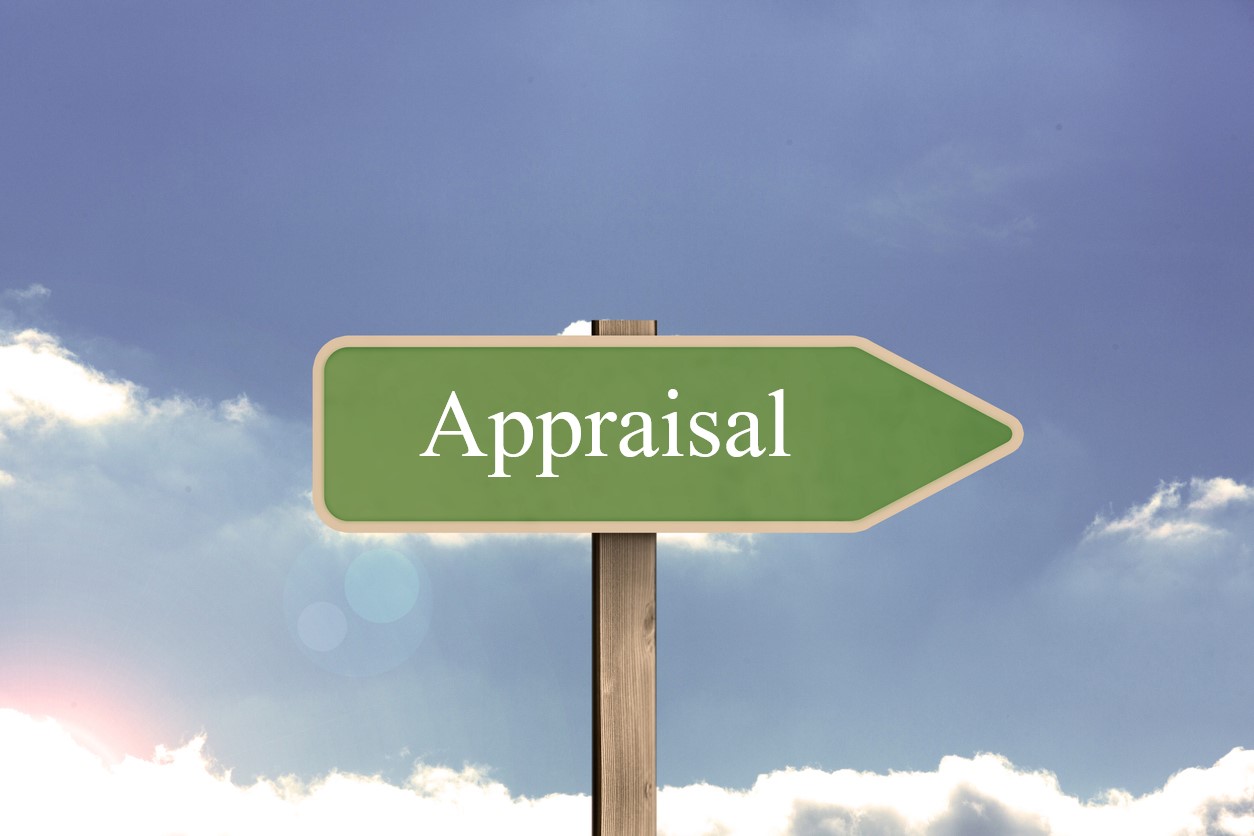In Windridge of Naperville Condominium Association v. Philadelphia Indemnity Insurance Company,1 a federal district court in Illinois recently addressed the issue whether appraisal is appropriate to resolve a dispute over the need for a general contractor to perform repairs following a covered loss. There, hail damaged townhome buildings, requiring repairs. Philadelphia paid for losses it conceded were within the scope of the insurance policy’s coverage for hail damage. Philadelphia though declined to reimburse the Association for the overhead and profit charged by its general contractor in making the repairs. Philadelphia then refused to participate in an appraisal to resolve this dispute, prompting the Association to sue. The Association subsequently moved to compel appraisal, which the district court granted.
In seeking to avoid appraisal, Philadelphia argued that whether it must reimburse the Association for the overhead and profit charged by its general contractor in making the repairs is a coverage question not subject to appraisal. The district court disagreed. The Philadelphia insurance policy provided for appraisal if the parties disagreed as to the “amount of loss.” The district court reasoned that in calculating repair or replacement cost, it is necessary to assess what must be replaced or repaired, who is qualified to perform that work, and how much that work costs. That inquiry requires determining whether a general contractor is needed, in which case overhead and profit is part of the loss, or whether a single tradesman can do the work. The district court concluded that such determination is a question appropriate for appraisal.2
Insurers like Philadelphia routinely decline to appraise a dispute over general contractor overhead and profit, asserting in conclusory fashion that it involves a “coverage” question. Ten years ago, I wrote an article titled “Overhead & Profit: Its Place in a Property Insurance Claim,” which was published in Adjusting Today.3 As discussed in the article, the majority of courts have concluded that general contractor overhead and profit should be included in the cost of repair or replacement to arrive at an actual cash value estimate and settlement where the use of a general contractor is reasonably likely in repairing or replacing a covered loss, even if no general contractor is used or no repair or replacement is made.4
This is still the majority view today.5 Indeed, the district court in Windridge of Naperville implicitly recognized the majority view in its ruling. The district court noted that the policy’s “Loss Payment” and “Valuation” provisions obligated Philadelphia under certain circumstances to pay the cost of repairing or replacing the damaged property. The district court stated that if repairing or replacing the property requires a general contractor, then the cost of repair or replacement includes the industry-standard overhead and profit.6 No policy language suggested that if a general contractor is required, Philadelphia may decline to pay the overhead and profit component of a general contractor’s charges. According to the district court, the coverage question was clear: If a general contractor is required to repair or replace the damaged property, then Philadelphia must pay the overhead and profit components of the general contractor’s charges. The only disputed question is whether a general contractor is necessary to perform the repairs, or whether a single tradesman would suffice, which the district court concluded was a question appropriate for appraisal.7
So, when an insurer refuses to appraise a dispute over general contractor overhead and profit, know the reason for its refusal. On the one hand, if the insurer asserts that the insurance policy does not cover the cost of a general contractor’s overhead and profit, then that would be a coverage dispute for the court. On the other hand, if the insurer asserts that a general contractor is not needed to perform the repairs, which is the typical basis for declining appraisal, then that factual determination is appropriate for resolution by appraisal for the reasons stated by the district court in Windridge of Naperville. The nature and extent of the damage and the number of trades needed to make the repairs are key factors in determining whether use of a general contractor is reasonably likely.8 This requires consideration of the degree to which coordination and supervision of trades is required.9
Besides appraising the dispute over general contractor overhead and profit, the Association in the Windridge of Naperville suit also sought to compel appraisal to resolve a dispute over the cost of repairing physically undamaged sides of townhome buildings to remedy a mismatch with repaired damaged sides. The district court’s ruling on that issue will be addressed in my next blog post.
_________________________
1 Windridge of Naperville Condominium Association v. Philadelphia Indem. Ins. Co., No. 16-3860, 2017 WL 372308 (N.D. Ill. Jan 26, 2017).
2 Windridge, 2017 WL 372308, at **2-3.
3 Adjusting Today is a newsletter published by Adjusters International, Inc.
4 The minority view is that the cost of a general contractor’s overhead and profit is compensable only if it is incurred in repairing or replacing damaged or destroyed property. Even when incurred, insurers routinely deny payment for general contractor overhead and profit, contending that the repairs were not complex enough to warrant the use of a general contractor.
5 See, e.g., Trinidad v. Florida Peninsula Ins. Co., 121 So.3d 433 (Fla. 2013).
6 At the hearing on the motion to compel appraisal, the parties’ counsel explained that it is industry custom for a general contractor making repairs to charge “10 and 10,” or 10% for profit and 10% for overhead, on top of the amounts the general contractor pays to the subcontractors.
7 Windridge, 2017 WL 372308, at **2-3.
8 Many insurance companies’ claim handling practice is to include general contractor overhead and profit in the cost of repair or replacement in order to arrive at an actual cash value estimate and settlement when three or more trades are involved in the repair.
9 See, e.g., Mt. Bethel No. 1 Baptist Church v. Church Mut. Ins. Co., 2015 WL 12591682 (W.D. La.).




